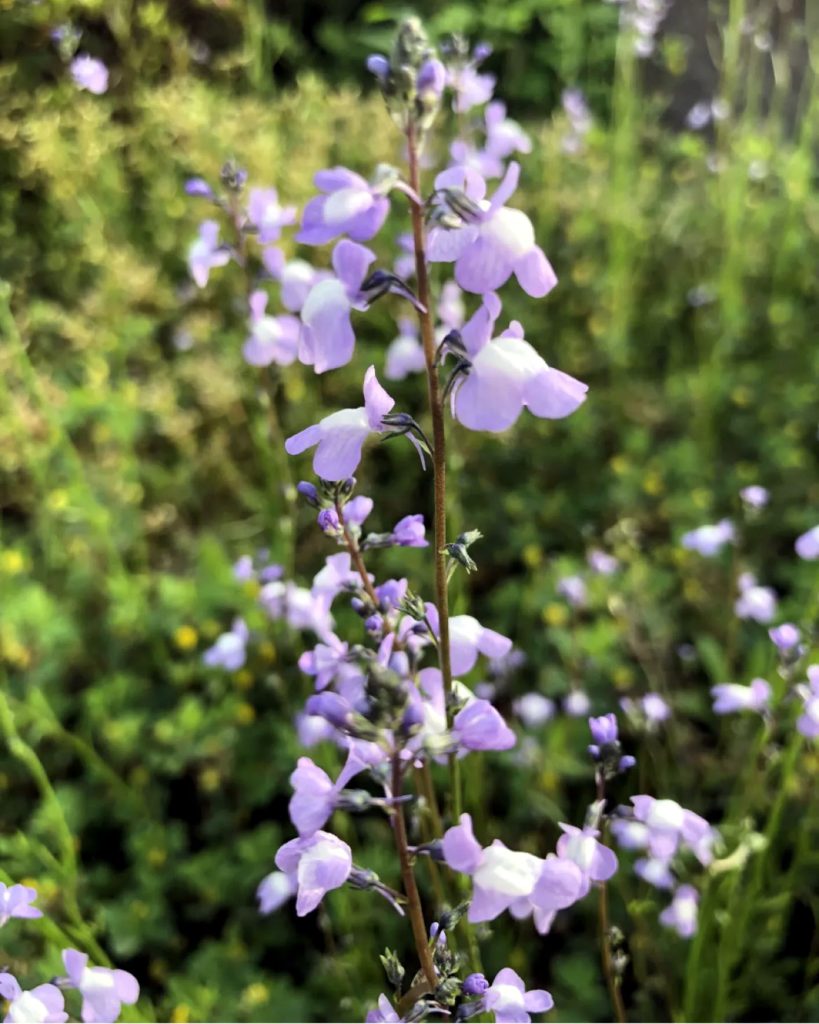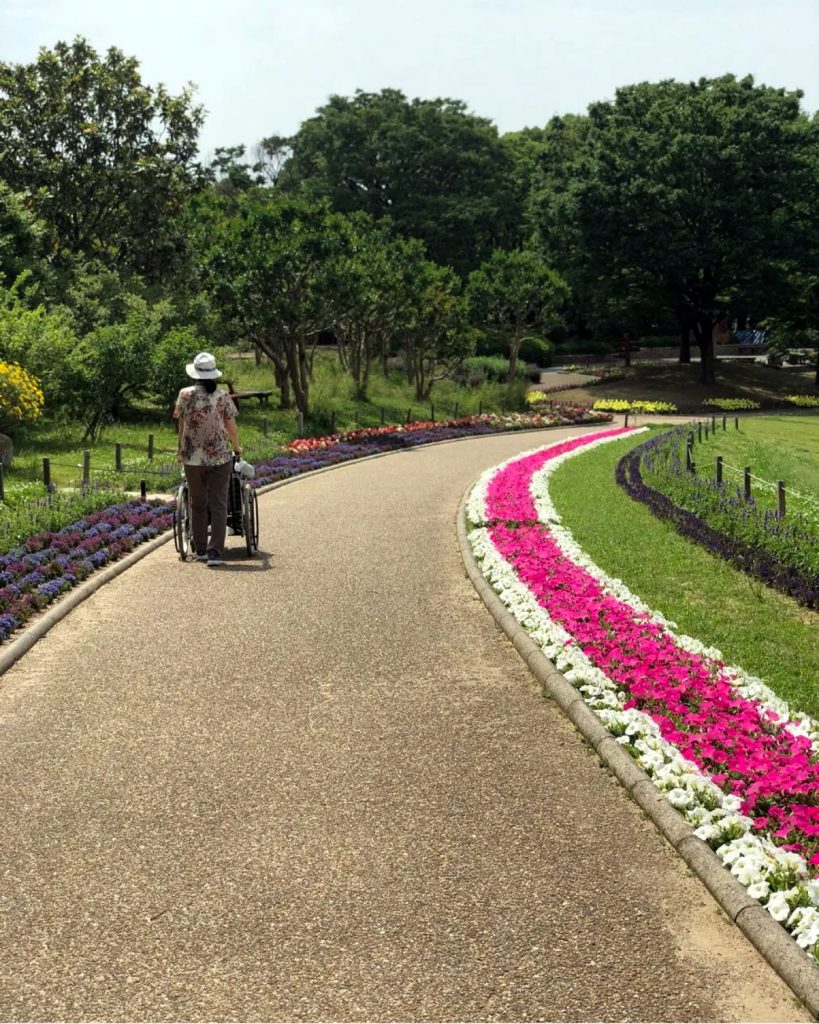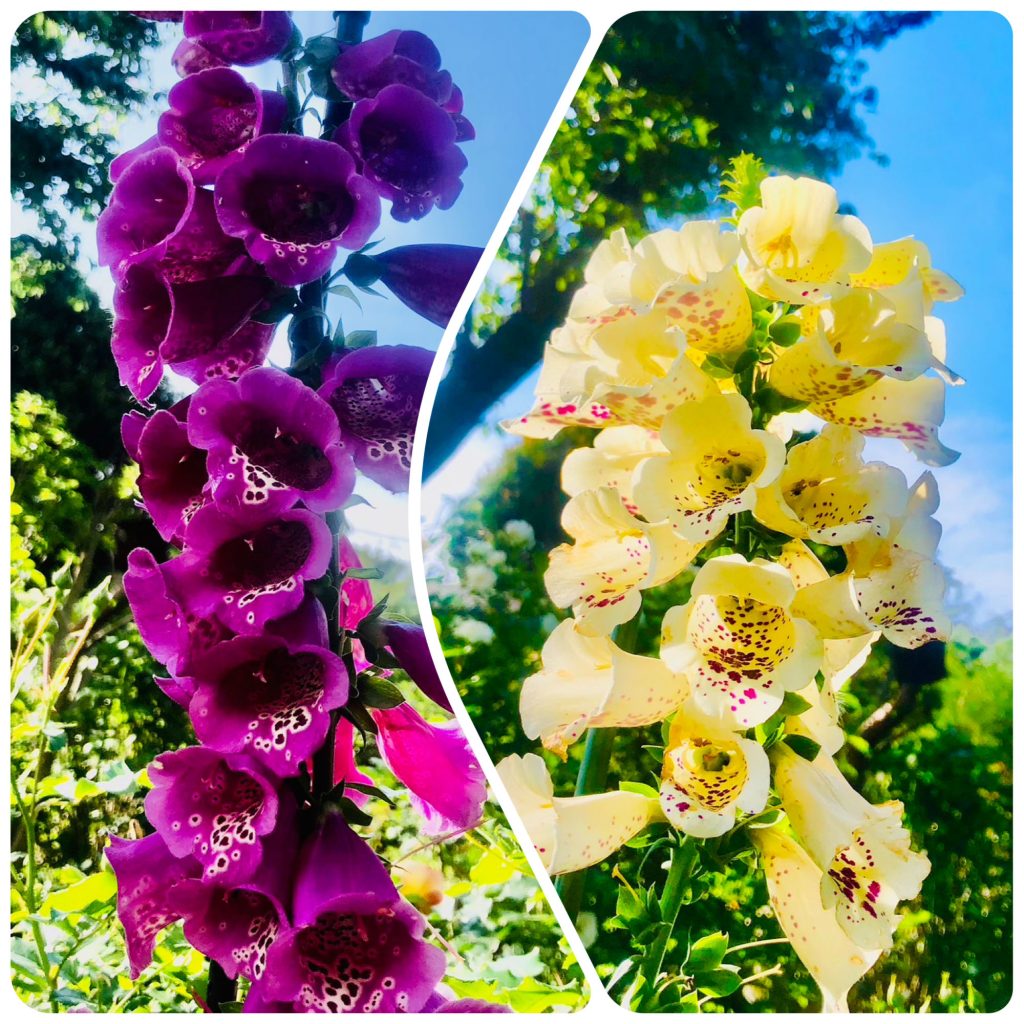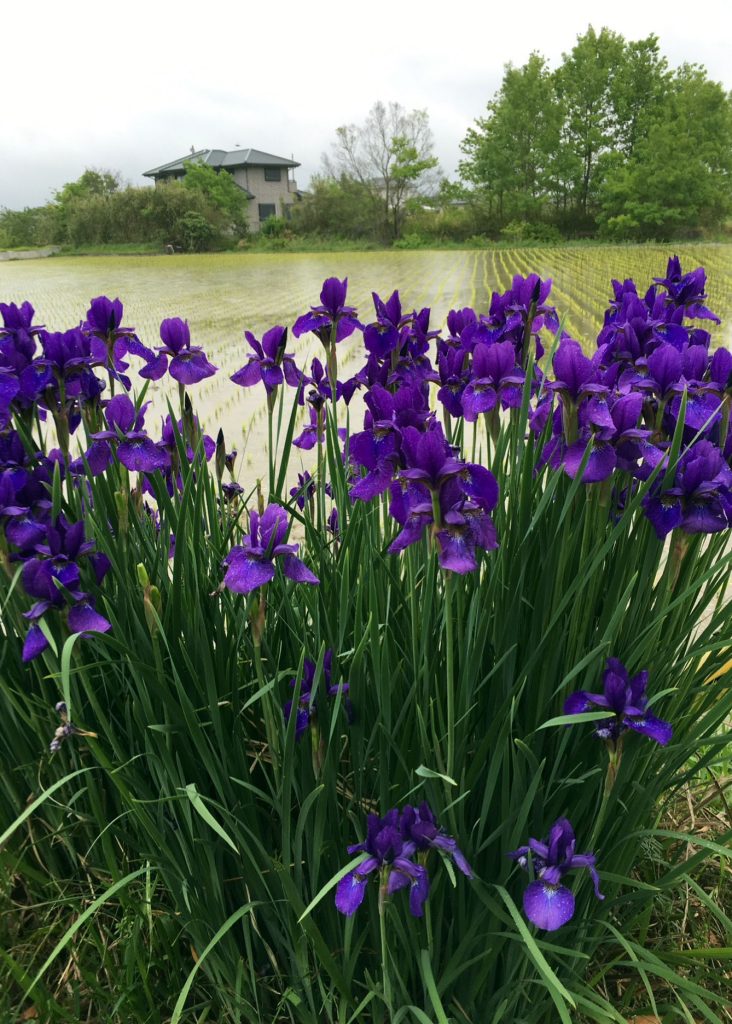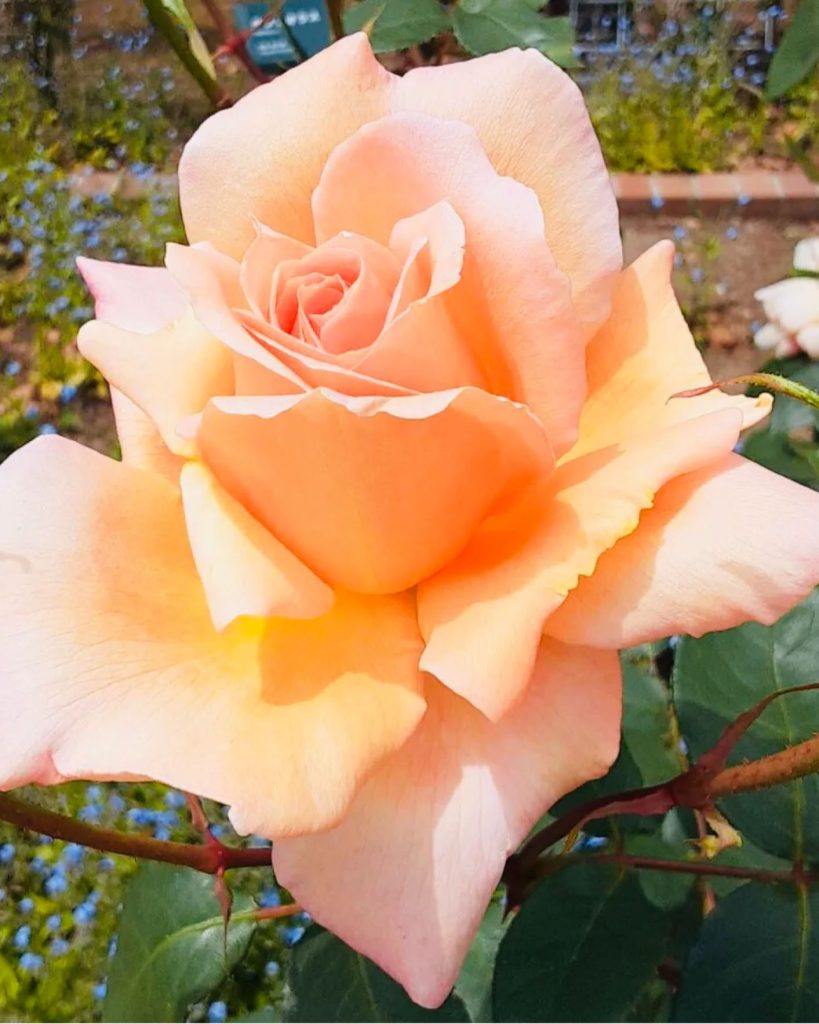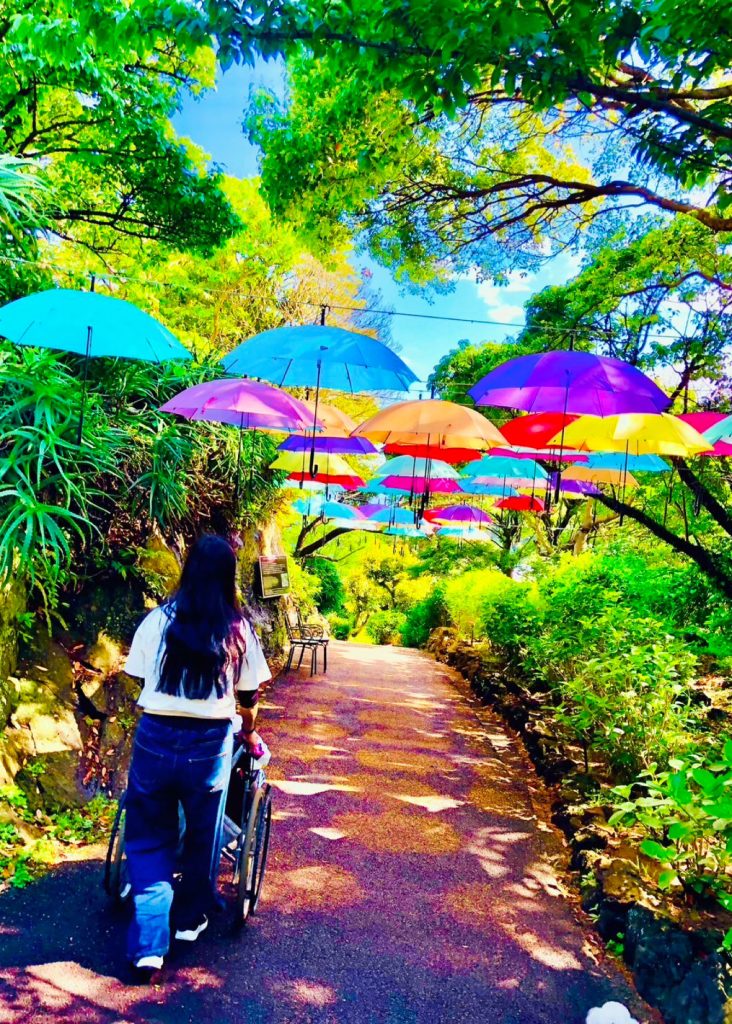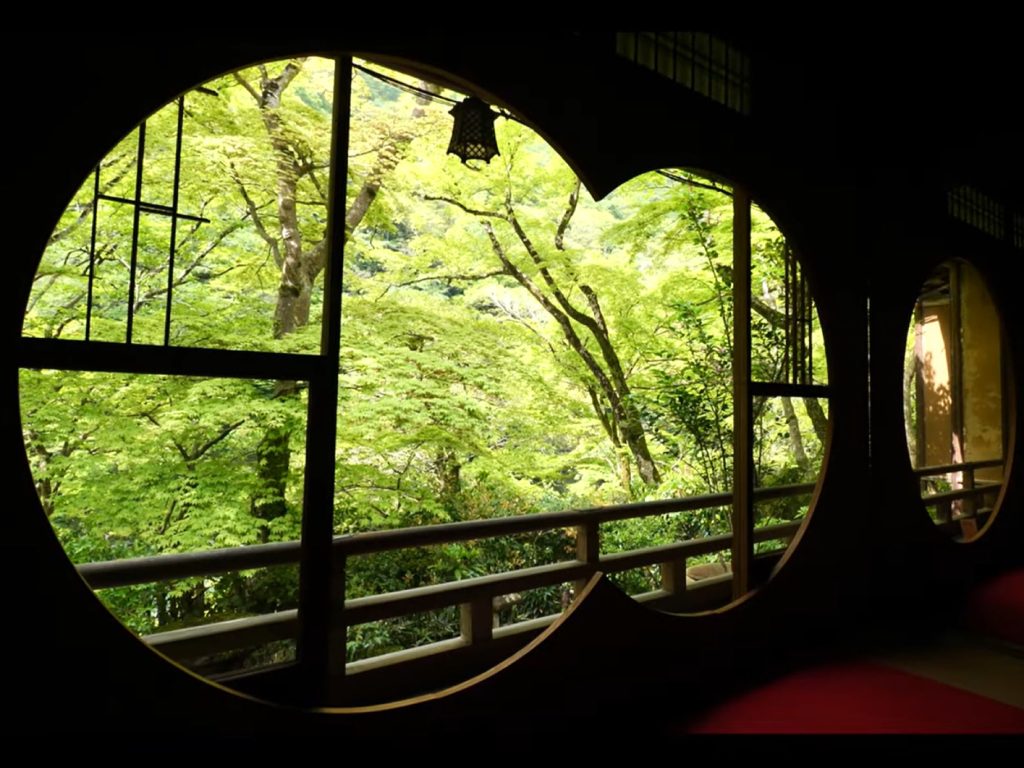
From Togetsukyo Bridge in Arashiyama, Kyoto, heading upstream along the Katsura River and climbing towards the park, you will find ‘Yusai-tei’. Located on the site of the former imperial villa ‘Kameyamaden’ built about 800 years ago, Yusai-tei was originally constructed as the restaurant inn ‘Chidori’ during the Meiji era. It has been renovated by dyeing artist Yusai Okuda into a dyeing art gallery. Since opening to the public in 2021, it has been cherished by visitors from around the world as a special place to enjoy the beauty of Japan, where traditional and modern elements merge.
You can also view and observe the creation process of ‘Yume Kouro-zome’, a dyeing work conceived by Yusai. This ‘Yume Kouro-zome’ is a mysterious dye that changes color depending on the light, and you can see how it transforms when exposed to light. Additionally, the beautiful location borrowing the scenery of Arashiyama is captivating, with the Oi River flowing right in front, and you can enjoy the picturesque view of houseboats passing by.
Whether it’s the fresh green leaves sprouting in spring, the dense greenery of summer, or the early autumn where patches of red and yellow begin to mix, the scenery viewed through the round window and reflections is truly breathtaking, showcasing various expressions that change with the seasons.
京都嵐山の渡月橋から桂川沿を川上に向い、公園の方に登って行ったところに「祐斎亭(ゆうさいてい)」があります。「祐斎亭」は、約800年前に造営された離宮の跡地「亀山殿跡」にあり、明治時代に料理旅館「千鳥」という料理旅館として建てられたものを、染色作家の奥田祐斎氏がリノベーションした染色アートギャラリーです。2021年に一般公開されて以来、伝統とモダンな要素が融合した日本の美を楽しむ特別な場所として、世界中からの訪問者に愛されています。
祐斎氏が考案した「夢こうろ染」の作品も展示され、制作の場も見学させていただけます。この「夢こうろ染 」は光によって染め色が変化する大変不思議な染め物で、実際に光を当てて変化する様子も見せていただけます。また、嵐山を借景とした美しいロケーションが魅力で、すぐ目の前には大堰川(おおいがわ)が流れ、屋形船が行き交う風流な光景も楽しめます。
爽やかな青もみじが萌える春や、鬱蒼と茂る濃緑の夏、ところどころに赤や黄色が混ざり始める早秋など、季節によって変わる様々な表情を、丸窓やリフレクション越しに見る景色はまさに絶景としか言いようがありません。

